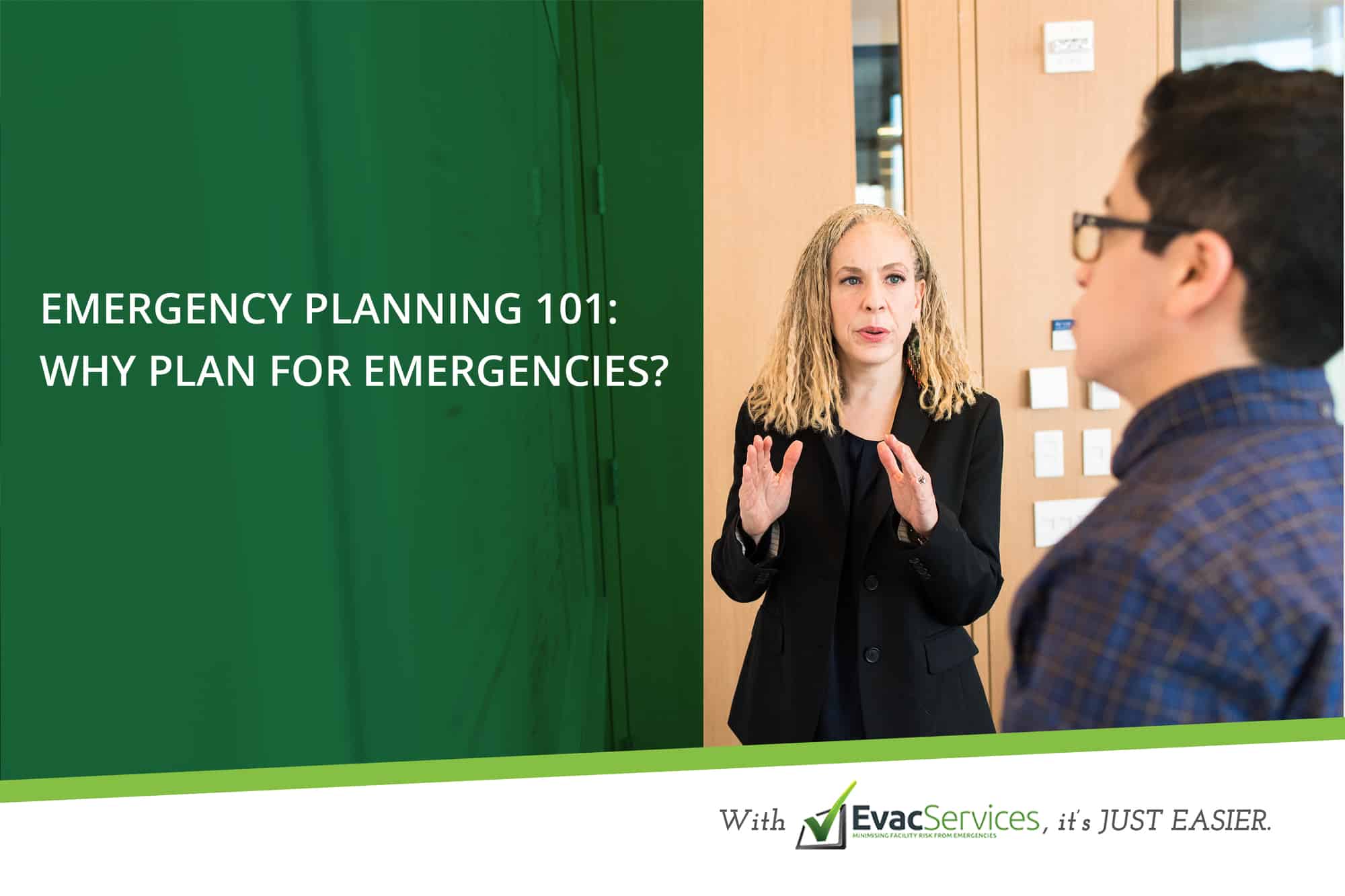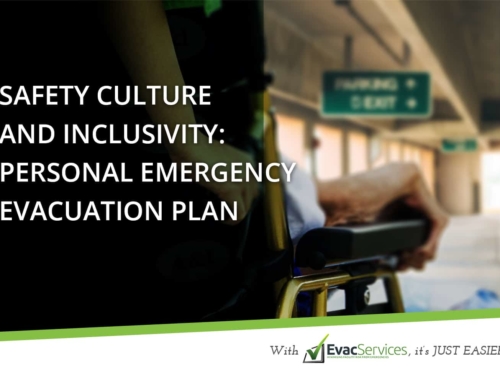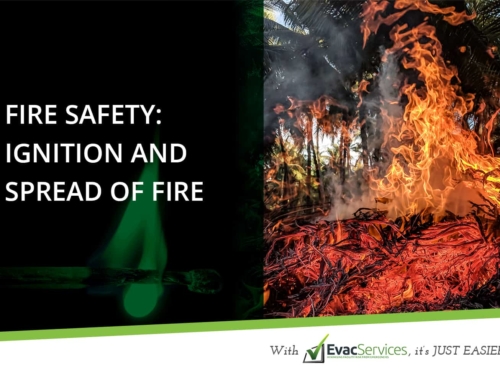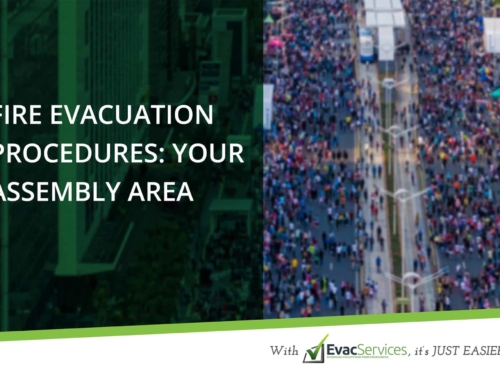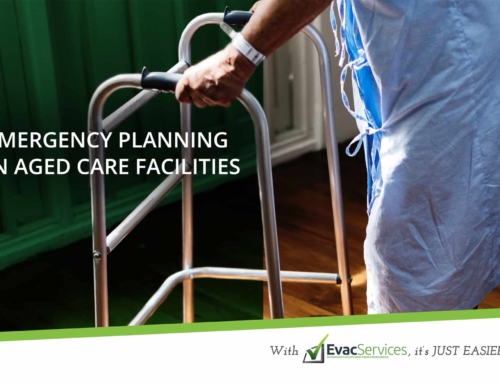Do you and your occupants know what to do and where to go when emergencies strike? Are you confident that you will be able to keep the people in your care safe and sound in the darkest hours?
Emergencies happen anytime, anywhere and pose threats to the safety and security of individuals and businesses. With the rising threats from various emergencies, such as fire, terrorism, civil unrest, and violence, emergency planning is critical now more than ever.
As a building tenant, it is not just a legal requirement but also an ethical obligation to uphold your employees’ right to a safe workplace. While your building’s facility managers should be ensuring the compliance of the site from the building’s perspective, you have a responsibility to ensure that your workplace is compliant. Crucial to this process is collaborating with facility managers to align your tenancy’s emergency planning processes with those of the building.
What is Emergency Planning?
Emergency planning is the act of preparing and mitigating the impact of emergencies on occupant safety and the property. The process involves identifying risks and emergency situations that may befall the facility, as well as procedures to respond to them.
Why plan for emergencies?
Each year, Australia faces natural disasters and other emergencies that could lead to fatalities and disruption to major industries. Despite this, there is still resistance towards emergency planning. The prevailing opinion is that there is no need for a manual on emergencies because it only takes common sense to act accordingly when faced with a stressful emergency situation. However, people and businesses who face the most impact from an emergency are those who failed to prepare.
Here are four compelling reasons your tenancy needs emergency planning:
- To protect people and property
As mentioned, emergency planning mitigates the risk of employee injuries and property damages during a crisis. Providing regular safety training, undertaking exercises, and revisiting the emergency plan regularly will help instill safety policies in the minds of your employees. When an emergency strikes, this undertaking will ensure that they know what to do and where to go for safety.
- To ensure business continuity and protect reputation
An emergency or calamity will always disrupt businesses and could cause losses worth millions of dollars. Ensuring proper business continuity planning sets a plan for how to continue services to your customers with minimal impact, even at limited capacity. A business without an emergency plan will face considerable challenges, such as operations delay, decreased productivity, and reputational damages.
- To comply with Australian legislation and standards
The Australian government takes the safety of workers very seriously, which is why there is a legislation mandating emergency preparedness across all sectors of society. For example, there are Fire Safety requirements covered by various Legislation, Regulation, Australian Standards, reference guides and codes applicable across Australia.
Emergency non-compliance will lead to crippling consequences and will hold the corporation, directors, and managers liable. At the end of the day, compliance has all but one goal – To save lives. By understanding and meeting your emergency planning obligations, you and everyone in your facility will be better prepared to ensure occupant safety in the initial stages of an emergency.
- To fulfil your duty of care to the occupants of your place of business
We all have ideas on how to ensure our safety, but an organisation is an entity that needs uniformity and a clear flow of communication. A well-executed emergency planning initiative ensures that your emergency procedures and policies are communicated to everyone involved and that there are systems in place that ensure policies are maintained and meet all compliance requirements.
Workplace safety is a priority
Without proper emergency planning, an organisation is putting employees, general occupants, the business, and surrounding communities at risk. Damages from emergencies could extend far beyond the structural aspect. More than damages to buildings, these destructive events could lead to the loss of innocent lives. Hence, it is important for tenants to work together with facility managers and general occupants in mitigating risks from any emergency, to save lives.

